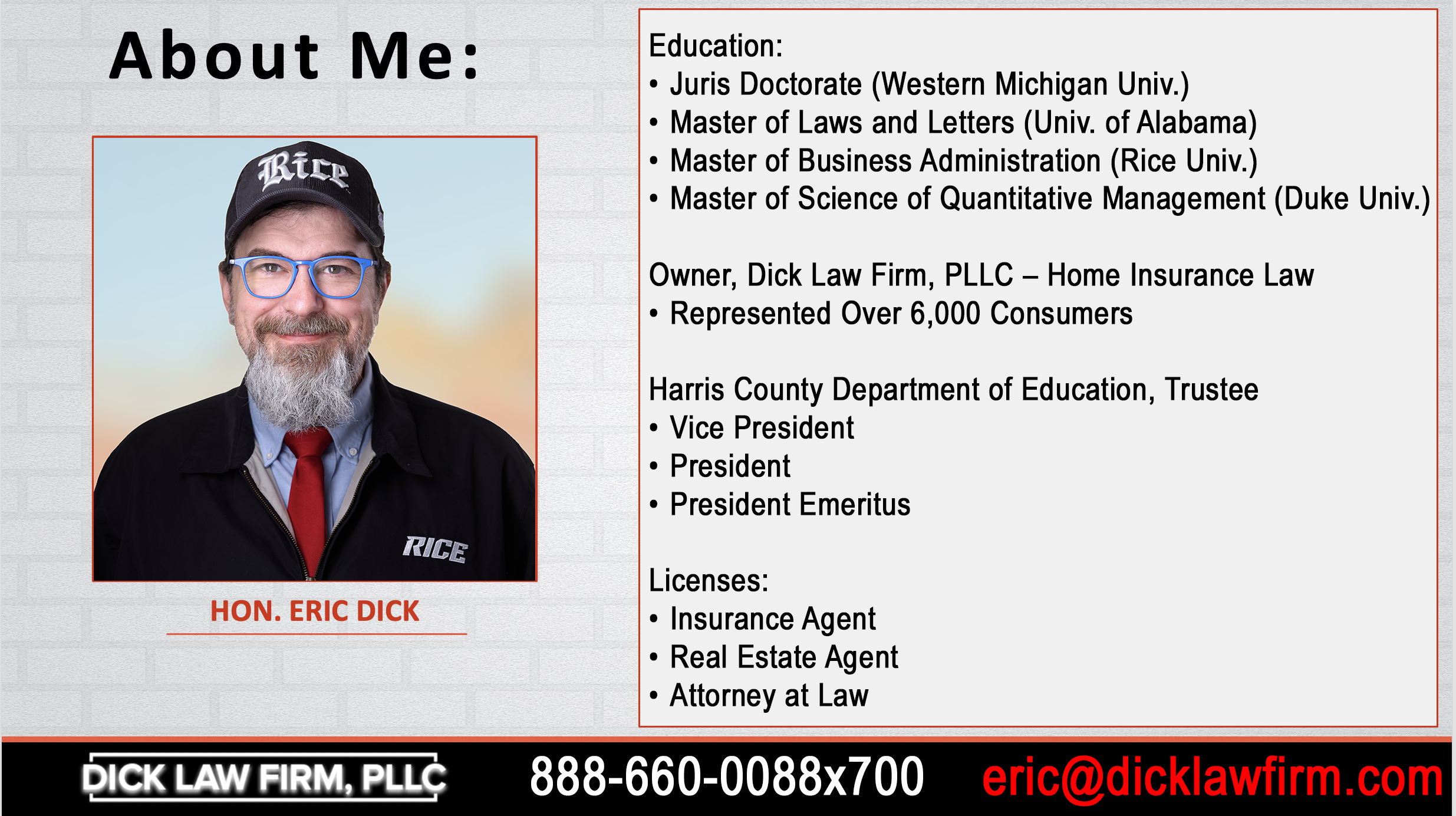
Property insurance offers different levels of coverage to protect policyholders against financial losses resulting from damage or loss to their property. These levels of coverage vary based on the extent of protection provided and the types of risks covered. There are several important details regarding each level of coverage for property insurance.
Actual Cash Value (ACV):
Actual cash value coverage provides reimbursement for the current market value of the insured property at the time of loss, taking into account depreciation. Under this coverage, the insurance company pays the policyholder the depreciated value of the damaged or lost property, which accounts for factors such as age, wear and tear, and obsolescence.
Example:
If a five-year-old TV is damaged by a covered peril, the insurance company will pay the policyholder the current market value of a five-year-old TV, considering its depreciated value.
Use:
Actual cash value coverage is commonly used for older properties or items with lower value, as it typically results in lower premiums due to the depreciation factor.
Replacement Cost Value (RCV):
Replacement cost value coverage provides reimbursement for the actual cost of fixing or replacing the damaged or lost property with a new one of similar kind and quality without accounting for depreciation. This coverage ensures that the policyholder can restore their property to its pre-loss condition without being penalized for depreciation.
Example:
The insurance provider will reimburse the policyholder for the cost of buying a new TV of an equivalent make and model if a five-year-old TV is damaged by a covered risk, without deducting any amount for depreciation.
Use replacement cost value coverage is often preferred for newer properties or items with higher value, as it provides more comprehensive coverage and makes sure that the policyholder can fully recover the cost of replacing their property.
Guaranteed Replacement Cost (GRC):
Guaranteed replacement cost coverage is the most comprehensive level of coverage, providing reimbursement for the full cost to repair or replace the damaged or lost property, even if it exceeds the policy's coverage limit. This coverage ensures that the policyholder is fully protected against the cost of rebuilding or replacing their property, regardless of fluctuations in construction costs or market values.
Example:
If a home insured for $500,000 is destroyed by a covered peril, and the actual cost to rebuild the home is $600,000, the insurance company would cover the full $600,000 under guaranteed replacement cost coverage.
Use:
Guaranteed replacement cost coverage is typically recommended for homeowners who want maximum protection against the risk of underinsurance and unexpected increases in rebuilding costs.
Functional Replacement Cost (FRC):
If you lose or damage something, functional replacement cost coverage will pay to fix it or get you a functional substitute, even if it's not as good or made of the same materials as the original. This coverage focuses on restoring the functionality of the property rather than replicating its original features.
Example:
Damaged hardwood floors can be changed with laminate floors that work just as well, and the insurance company will pay for the cost of the laminate floors.
Use:
Functional replacement cost coverage may be suitable for older properties where a replica of the original features is not necessary, helping to keep premiums lower while still providing adequate protection.
To summarize, the different tiers of protection provided by property insurance—actual cash value, guaranteed replacement cost, functional replacement cost, and replacement cost value—concern financial losses arising from insured property damage or loss. Policyholders ought to meticulously deliberate upon their financial constraints, the age and value of their assets, and their insurance requirements when choosing the most suitable extent of coverage.

what are the levels of coverage for property insurance?
homeowners insurance coverages explained
types of homeowners insurance policies
types of homeowners insurance
homeowners insurance policy forms
what is homeowners insurance and what does it cover
insurance perils list
what are the six categories typically covered by homeowners insurance?
types of home insurance
property insurance coverage
homeowners insurance coverage types
home insurance basics
homeowners insurance types
home insurance coverage
homeowners insurance coverage
home insurance products
specific type of insurance policy
homeowners insurance coverage amount
homeowners insurance options
four areas protected by most homeowners insurance
types of property insurance
who is covered under homeowners insurance policy
how does homeowners insurance work
homeowners insurance policy
ho3 policy form
what does homeowners insurance cover
homeowners coverages
sample homeowners insurance policy
home insurance guide
what does homeowners insurance not cover
what does home insurance cover
